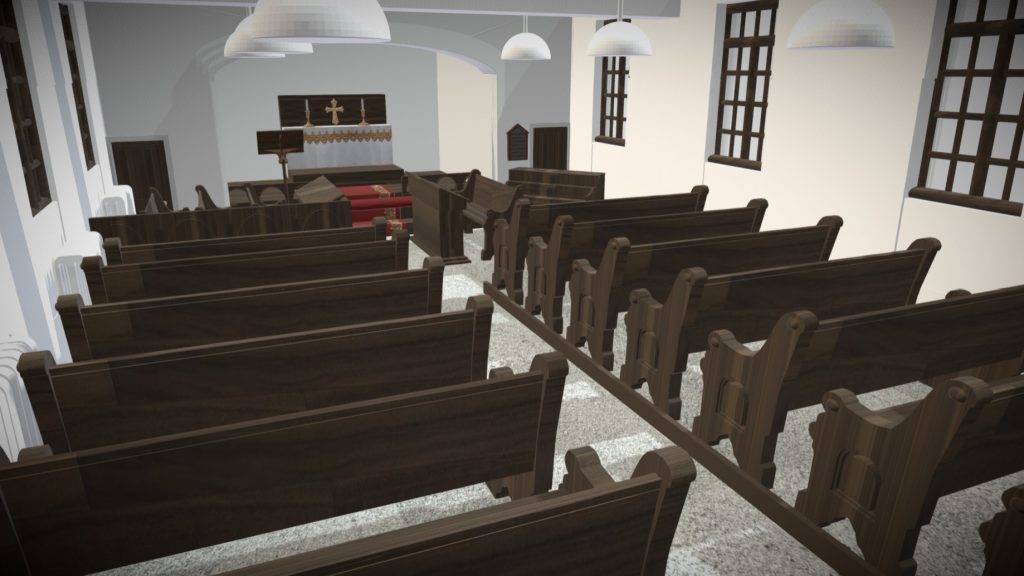
Old Sun Chapel
This computer reconstruction approximates how the…
Read moreThis computer reconstruction approximates how classrooms at Old Sun Indian Residential school would have appeared. This reconstruction was created using historic photographs as well as descriptions provided by former students.

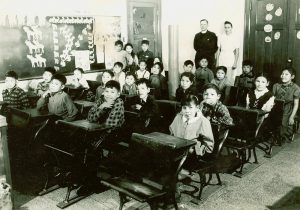
Computer reconstruction and gaming technology provide a mean of visualizing how different areas of Old Sun might have appeared in the past. Dr. Katayoon Etemad who is a computer science researcher at the University of Calgary created this reconstruction of a classroom at Old Sun Indian Residential School as it may have appeared in the 1960’s. The model was created using historic photographs and the memories of residential school survivors who attended Old Sun Indian.
This image gallery shows historic and modern photos of Old Sun College's classrooms. Click on photos to expand and read their captions. If you have photos of Old Sun that you would like to submit to this archive, please contact us at irsdocumentationproject@gmail.com.
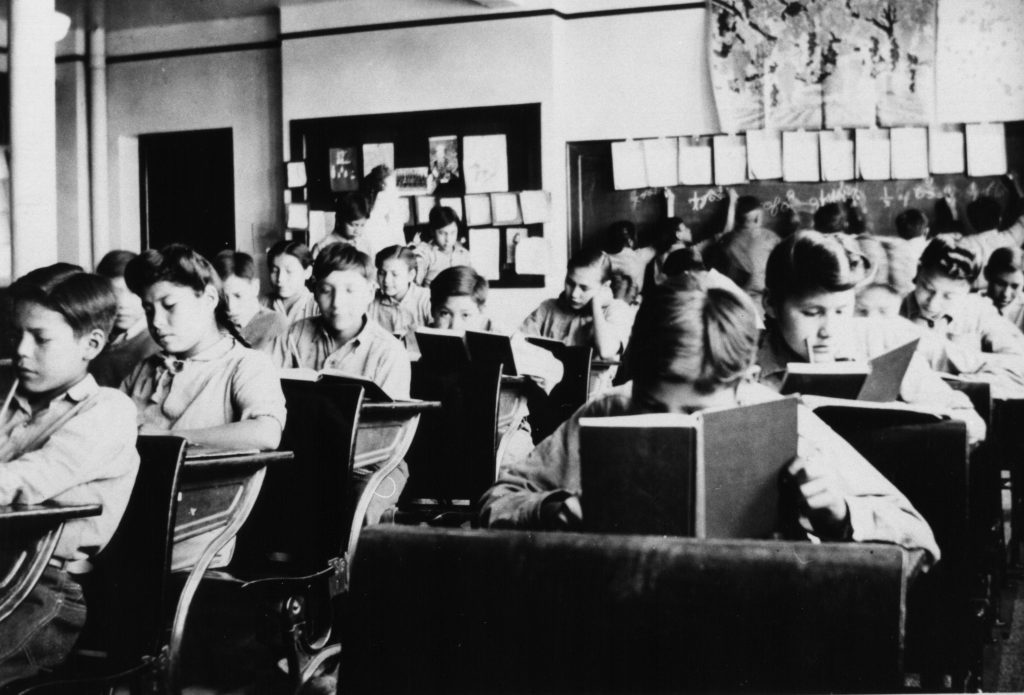
![Formal classroom photo of students at their desks. Principal and teacher stand at the back - [194-?]. P7538-1015 from The General Synod Archives, Anglican Church of Canada](https://irs.preserve.ucalgary.ca/wp-content/uploads/P7538-1015.jpeg)
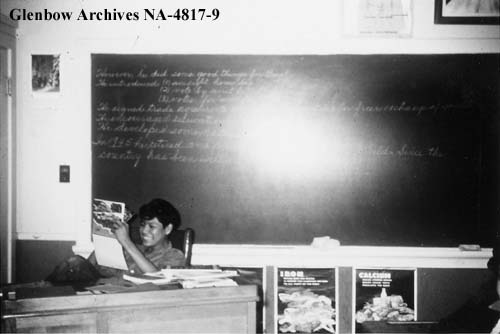
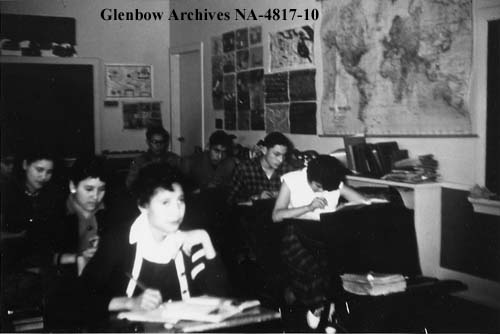
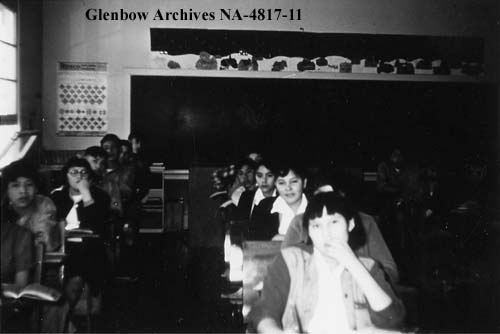
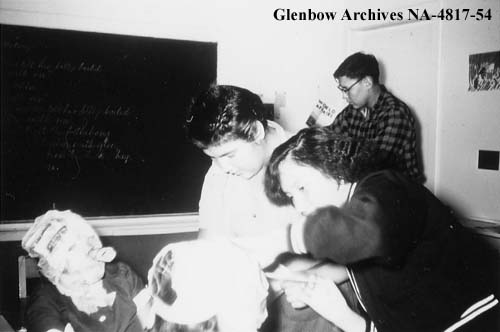
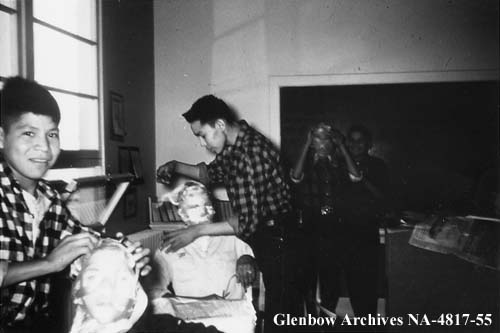
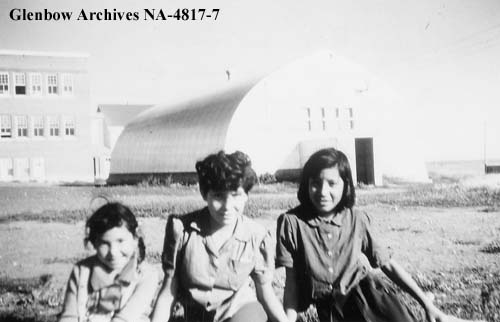
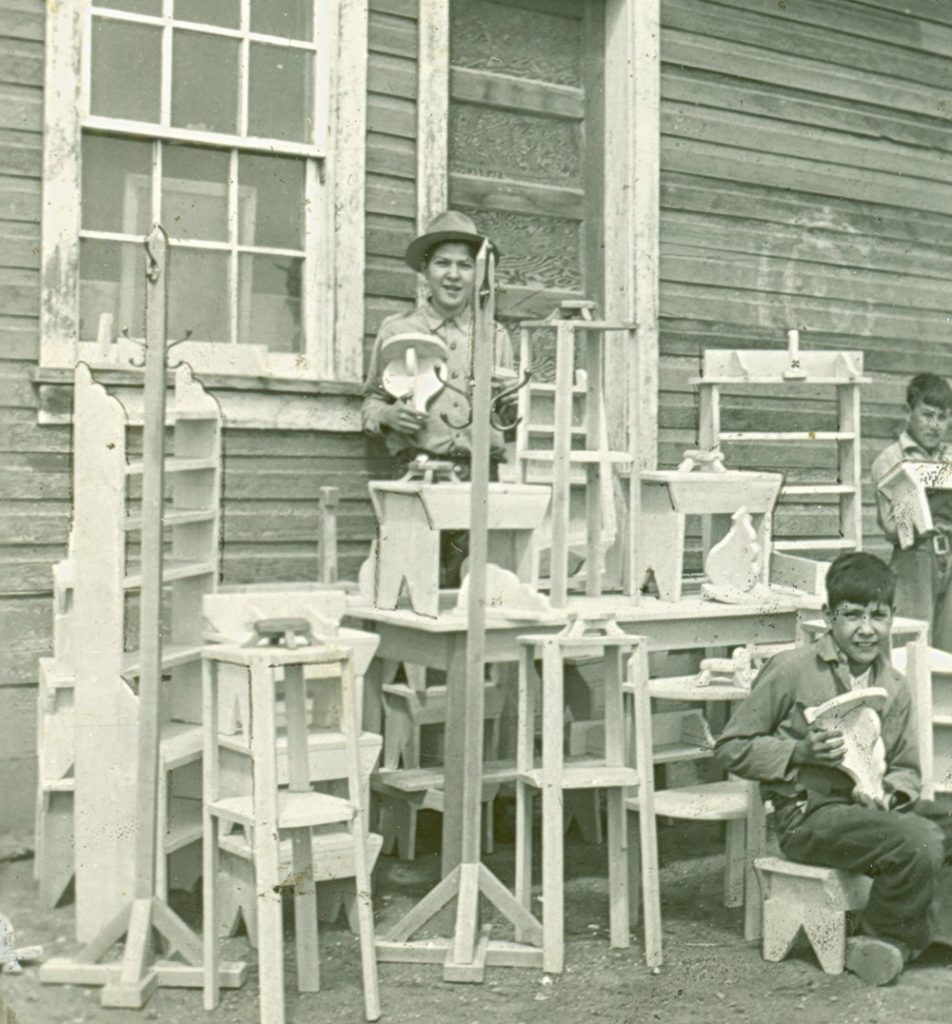


![Grades 3 and 4. View of classroom with students at their desks and teacher standing at rear- [194-?]. P75-103-S7-193 from The General Synod Archives, Anglican Church of Canada](https://irs.preserve.ucalgary.ca/wp-content/uploads/P75-103-S7-193.jpeg)
![Senior students. Photo consists of senior girls at their desks, boys standing against side wall, and Principal and staff member standing at rear- [194-?]. P75-103-S7-201 from The General Synod Archives, Anglican Church of Canada](https://irs.preserve.ucalgary.ca/wp-content/uploads/P75-103-S7-201.jpeg)
![Grades 4 and 5 classroom with students working at their desks- [194-?]. P75-103-S7-205 from The General Synod Archives, Anglican Church of Canada](https://irs.preserve.ucalgary.ca/wp-content/uploads/P75-103-S7-205.jpeg)
![Senior class and teacher Miss J. Rutherford. - [194- ?]. P75-103-S7-206 from The General Synod Archives, Anglican Church of Canada](https://irs.preserve.ucalgary.ca/wp-content/uploads/P75-103-S7-206.jpeg)
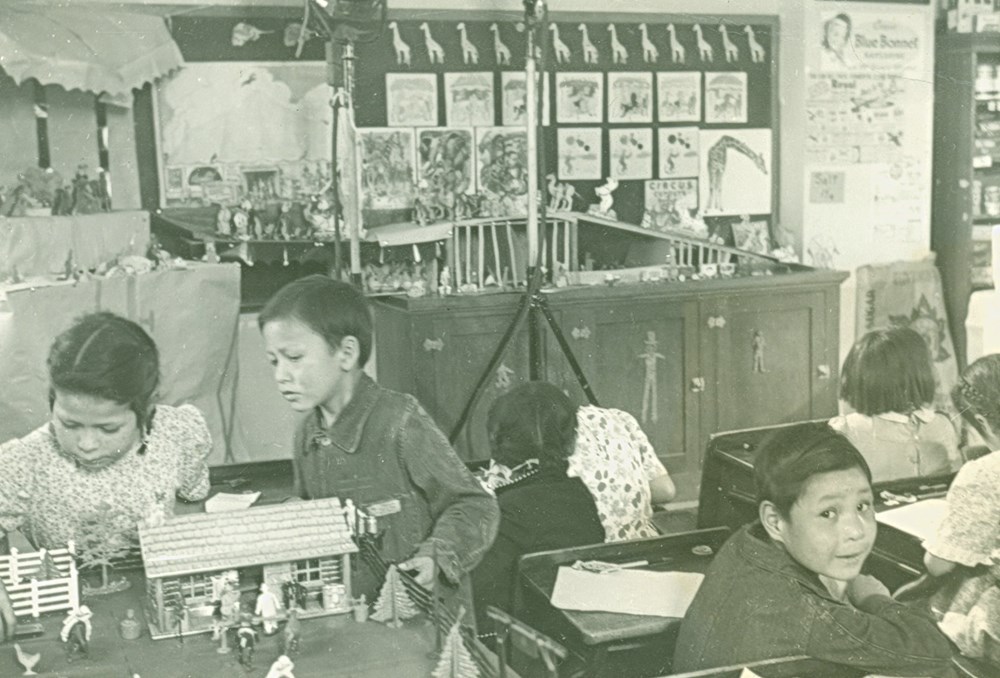
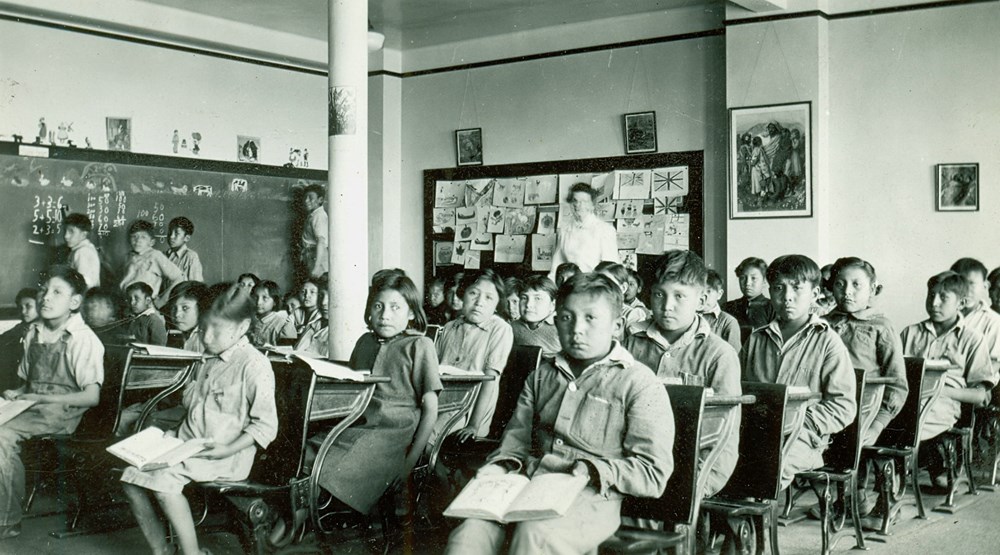
My name is Irwin Big Old Man, I was stationed… not stationed, I was locked up in Old Sun Residential School, and I stayed in the boy’s room. But now the junior boy’s room is a good room. It is a science room where they are teaching Health. And anyways there when I first came, my bed was right beside the supervisor’s room and I was a brat and I was always getting yelled at. I was always on my knees beside my bed.
The following years they took me away from the supervisor’s room, close to her bedroom. They put me by the emergency exit, which was a lot better and quieter so. I never really seen or experienced anything bad in there. One night we all had a big pillow fight, everybody in there. We all got caught and the supervisor, do we go with names or no? Anyways the lady, Miss Bolton, she made us stand on our, I mean kneel down, on our knees for a good half of the night. The guys were passing out and a lot of us guys the next day couldn’t even walk because of the cement floor and being on the knees and what not.
For that the Junior boy’s room was never really see anything. But the bad part was downstairs in the rec room the junior boy’s rec room downstairs, down, I don’t know what’s in there but that’s the shower room, bathroom and everything by the dining room. That’s where everything we see, like the older guys would encourage, made, the little guys to beat each other up. The supervisors they never did nothing. They just sit back and watched and they actually cheered us on.
-Irwin Big Old Man
Oral interview with Irwin Big Old Man. Conducted, translated, and transcribed by Angeline Ayoungman. Old Sun Community College, March 28, 2022.
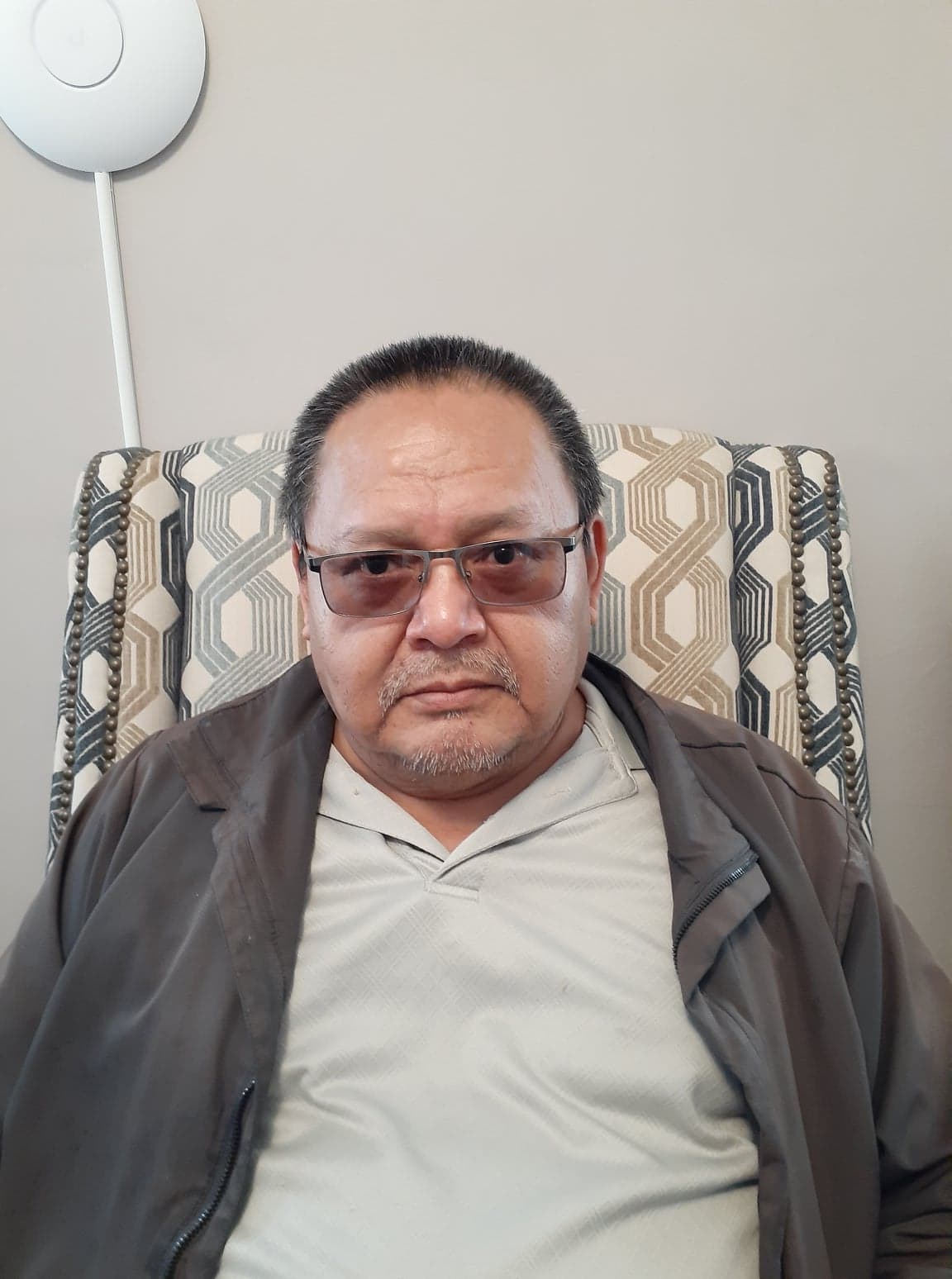

This computer reconstruction approximates how the…
Read more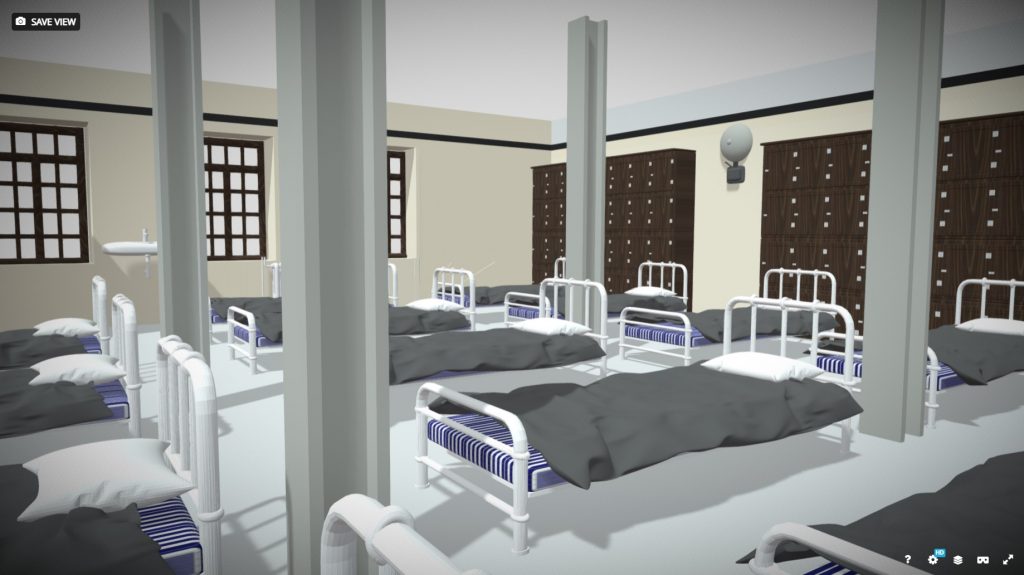
This computer reconstruction approximates how the…
Read more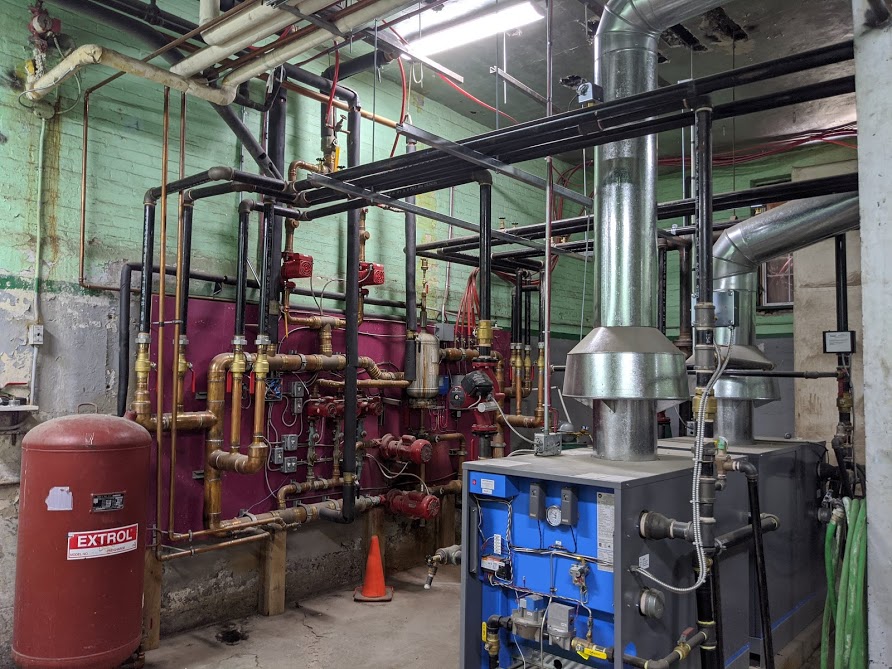
The boiler room and former coal shoot at Old Sun C…
Read more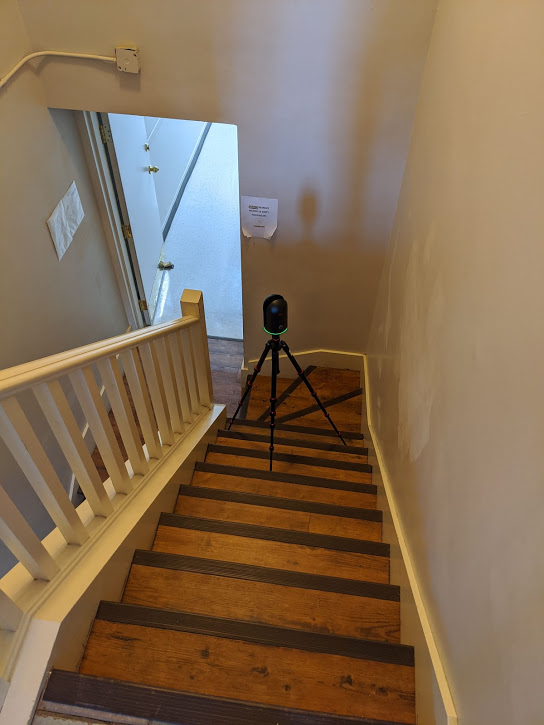
The Annex at Old Sun Community College. This Area…
Read more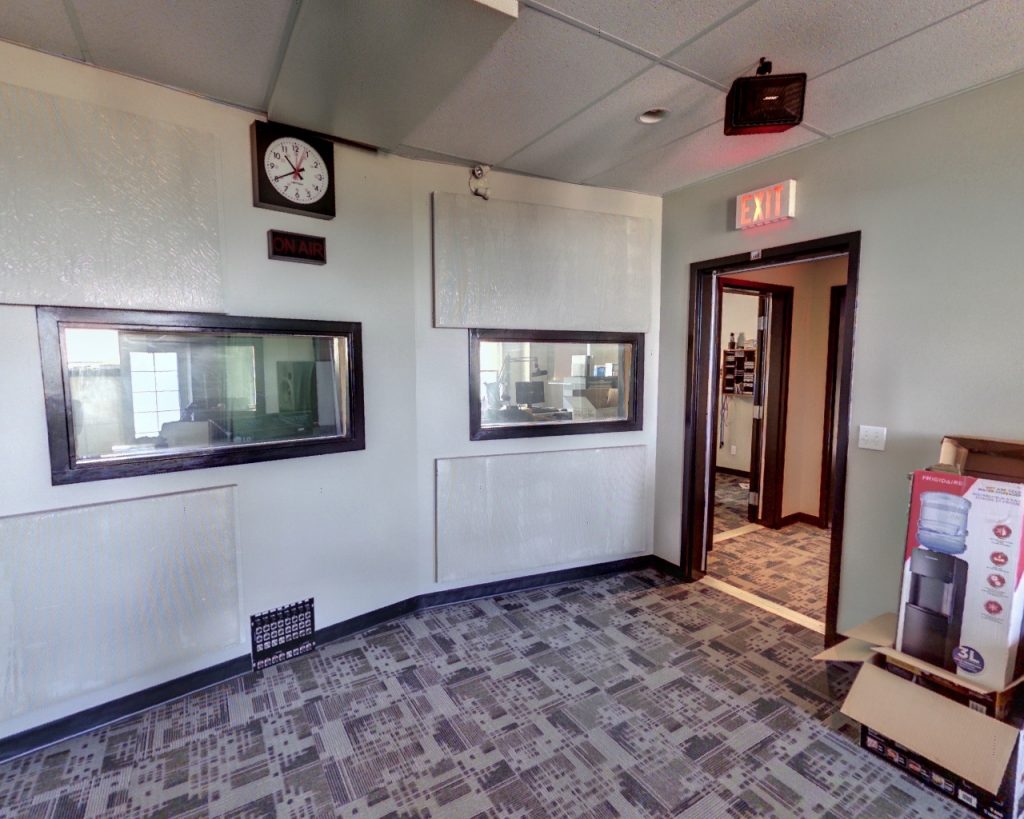
The Fourth Floor of Old Sun Community College (OSC…
Read more
The Third Floor of Old Sun Community College (OSCC…
Read more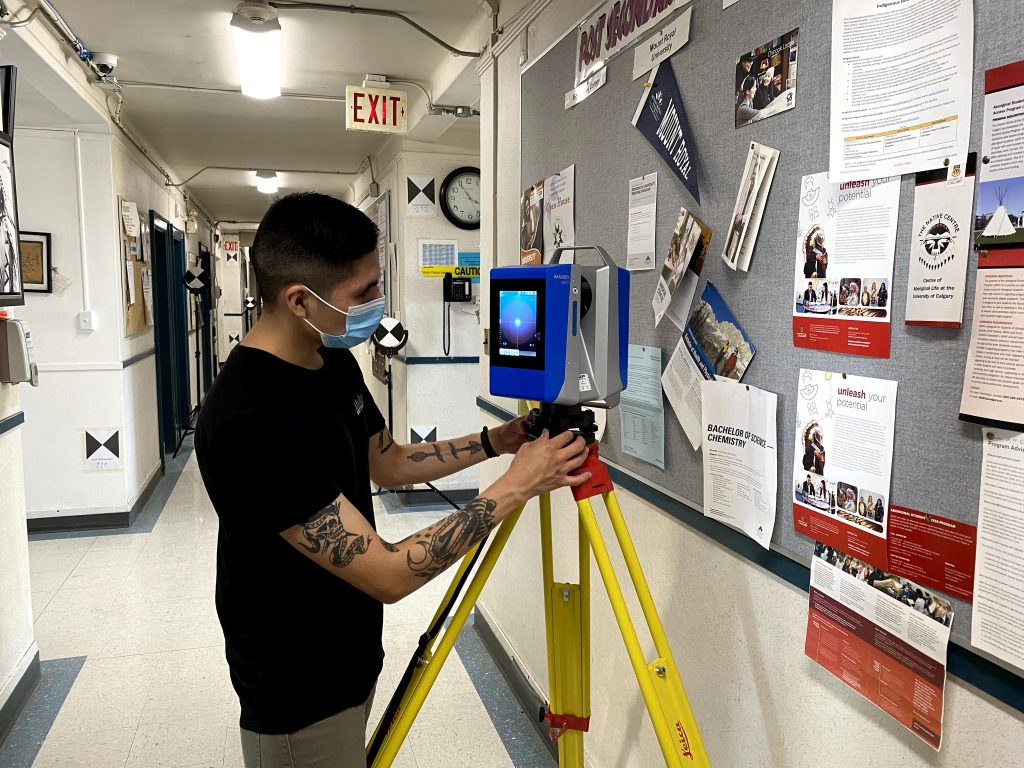
The Second Floor of Old Sun Community College (OSC…
Read more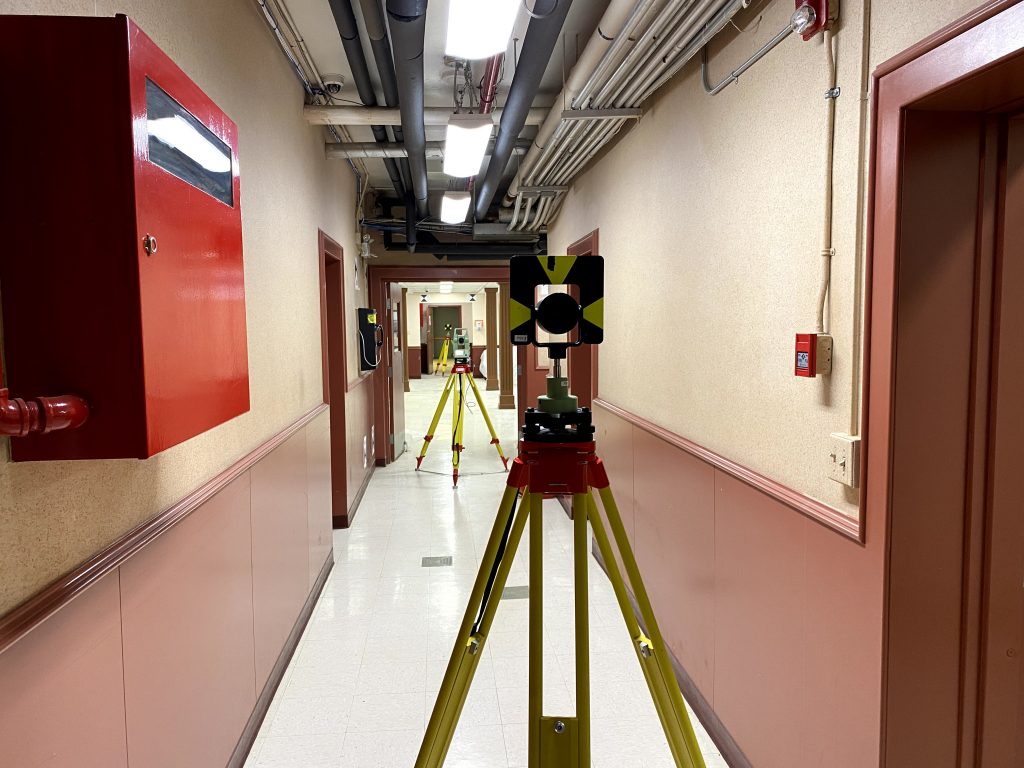
The First Floor/Basement of Old Sun Community Coll…
Read more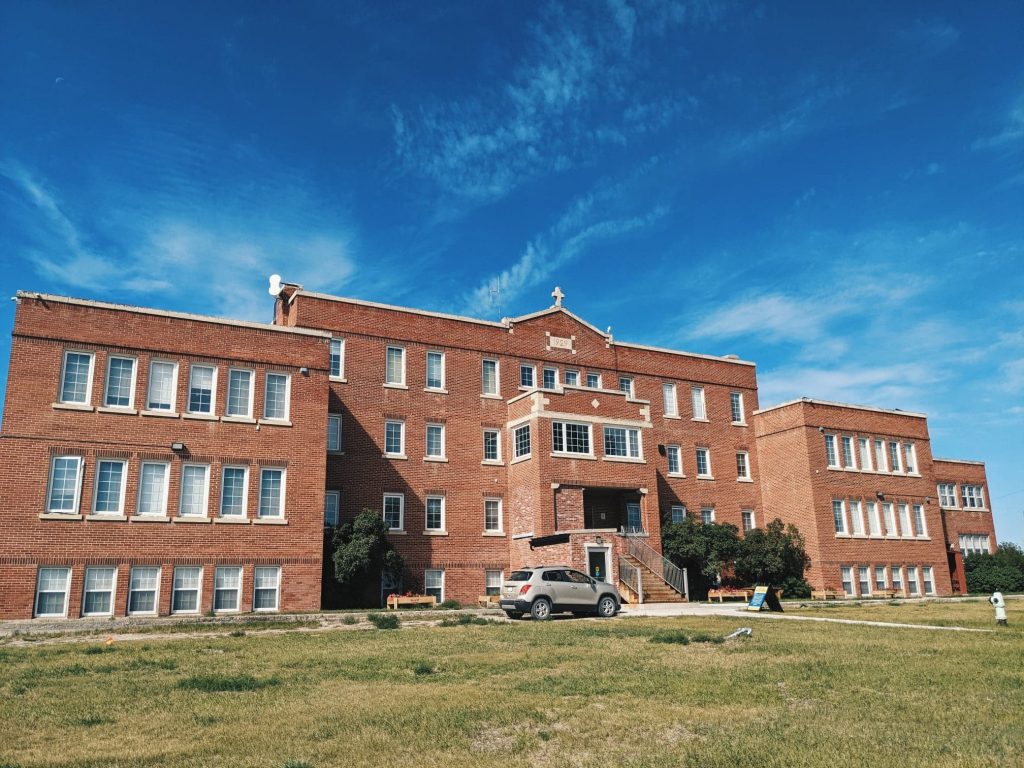
Old Sun Indian Residential School operated between…
Read more